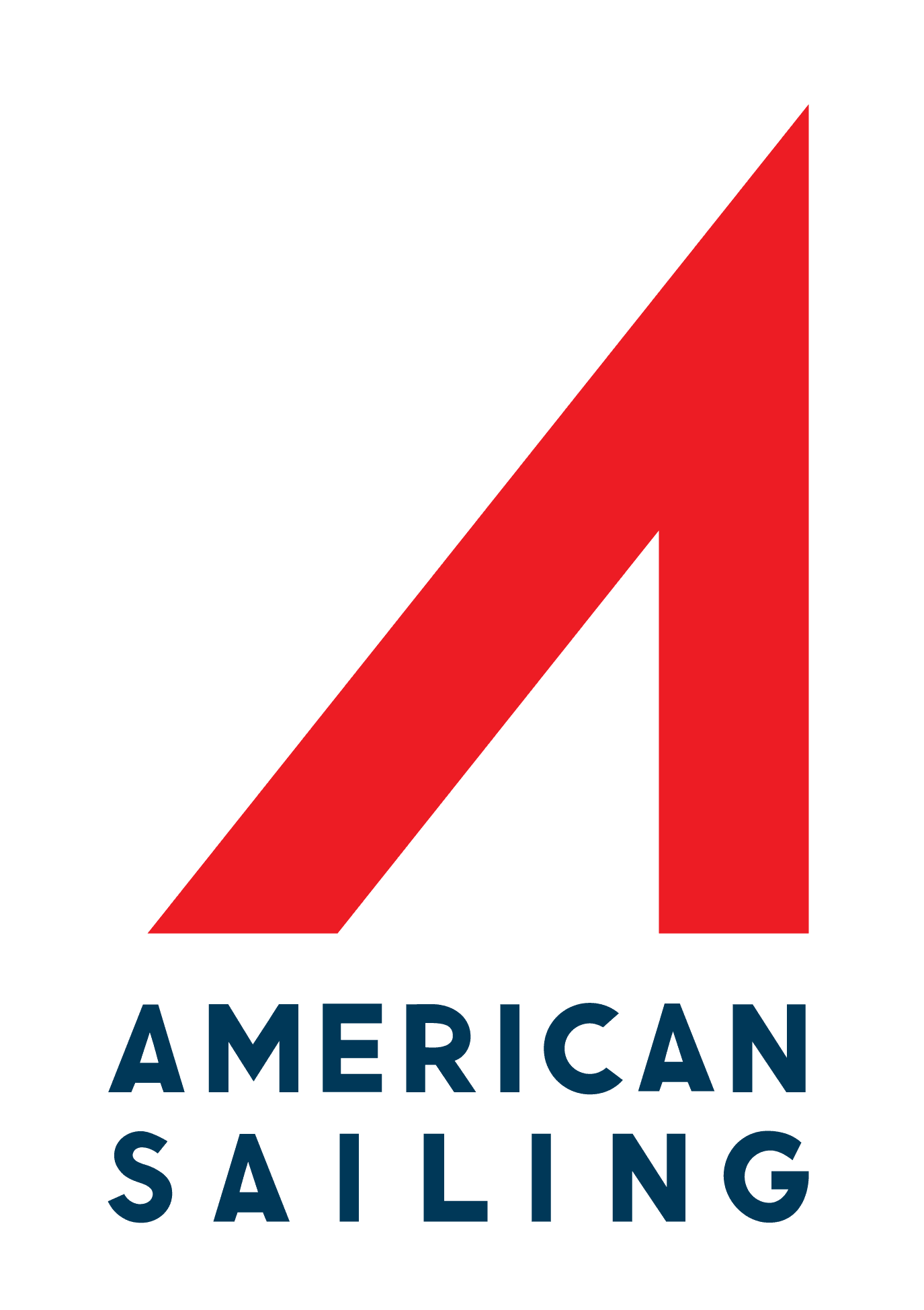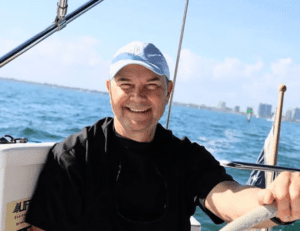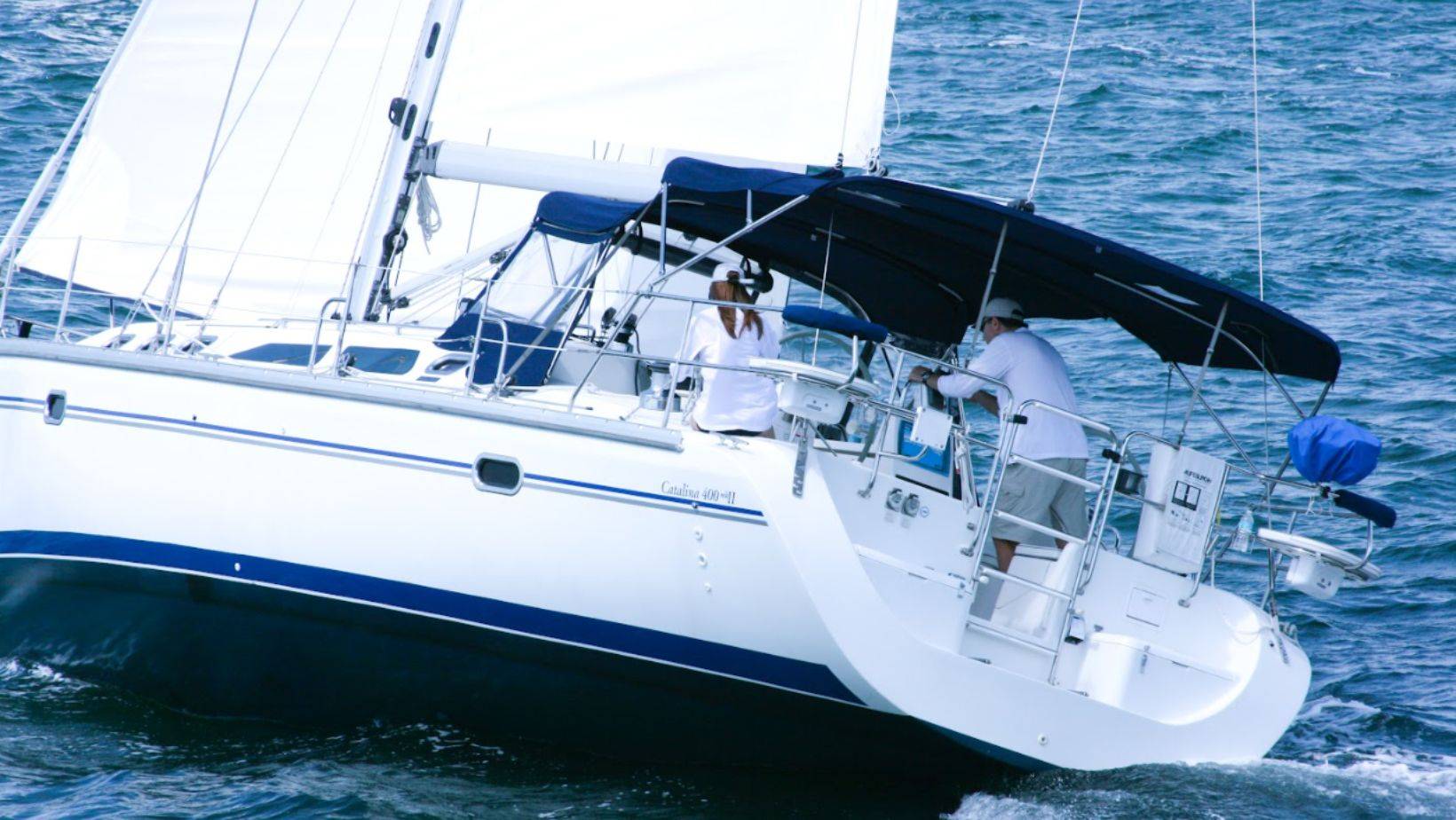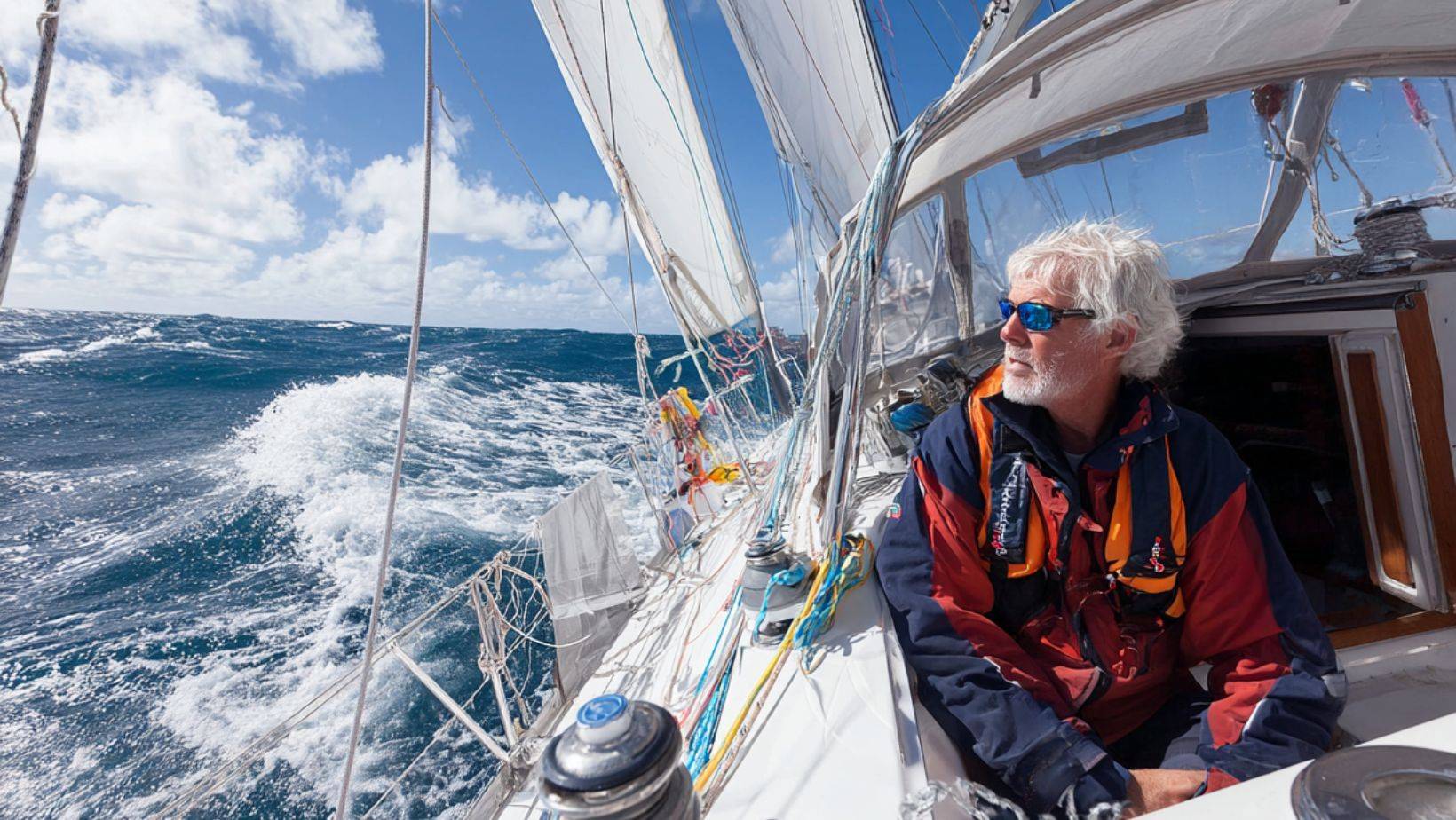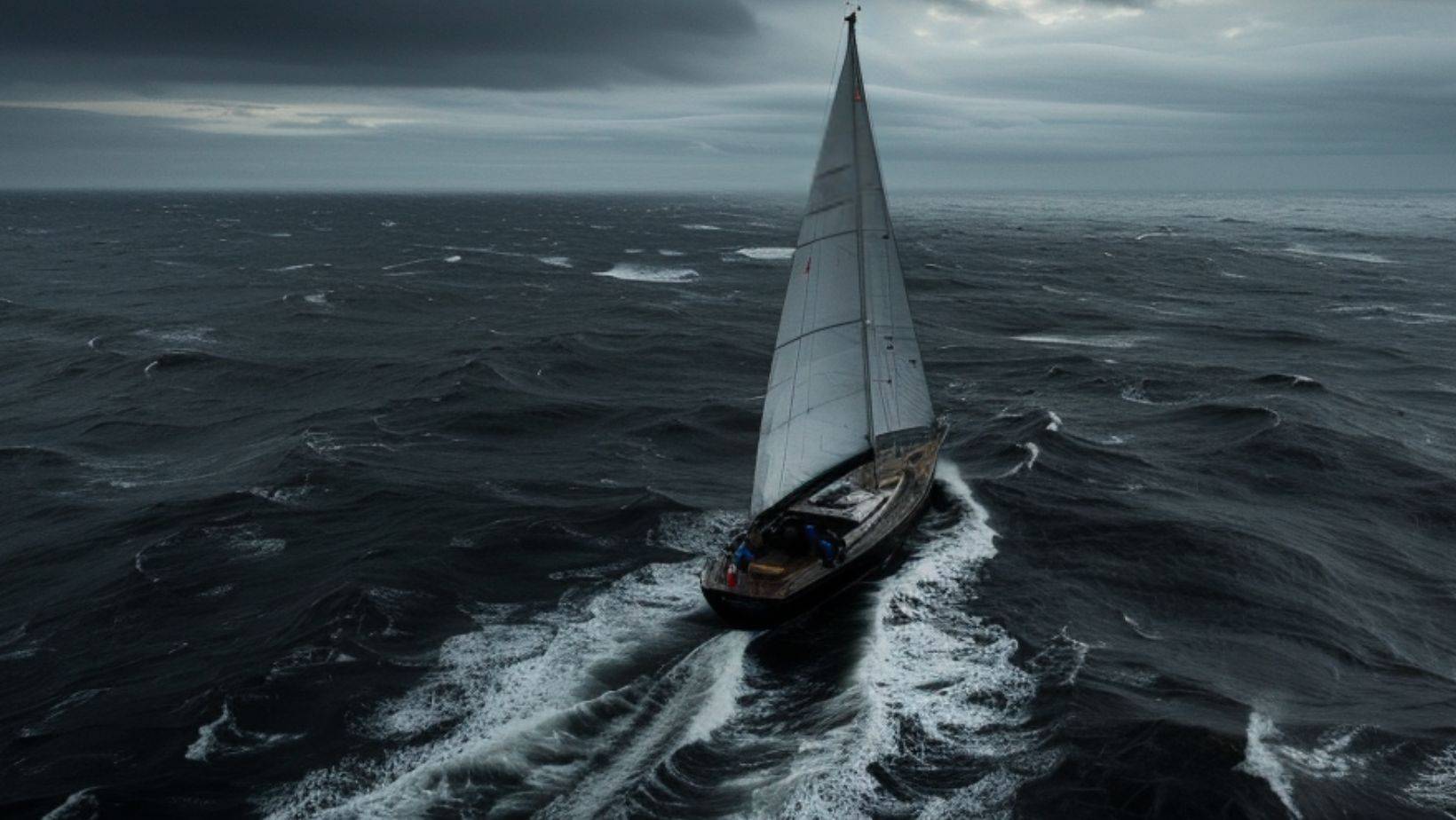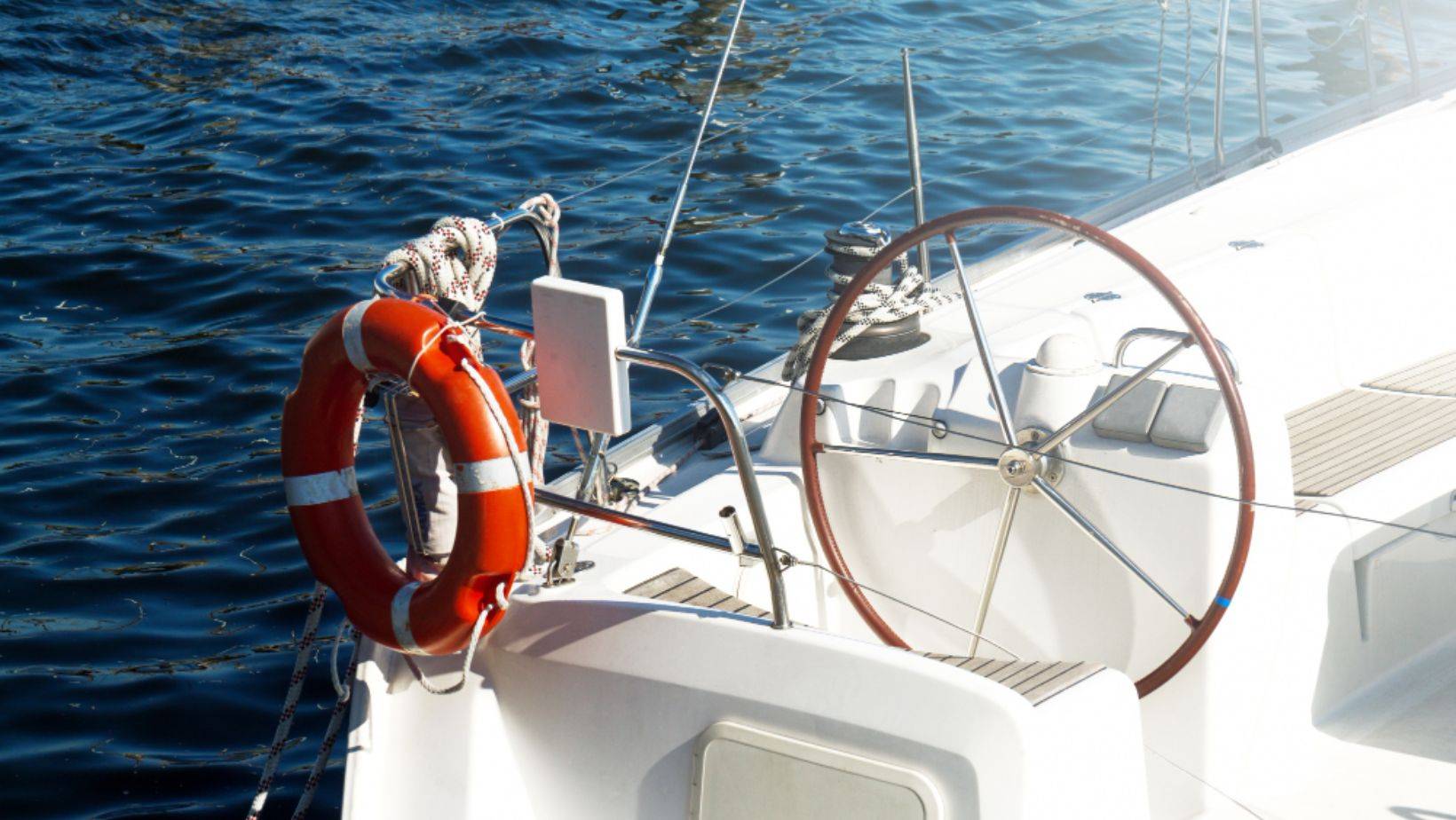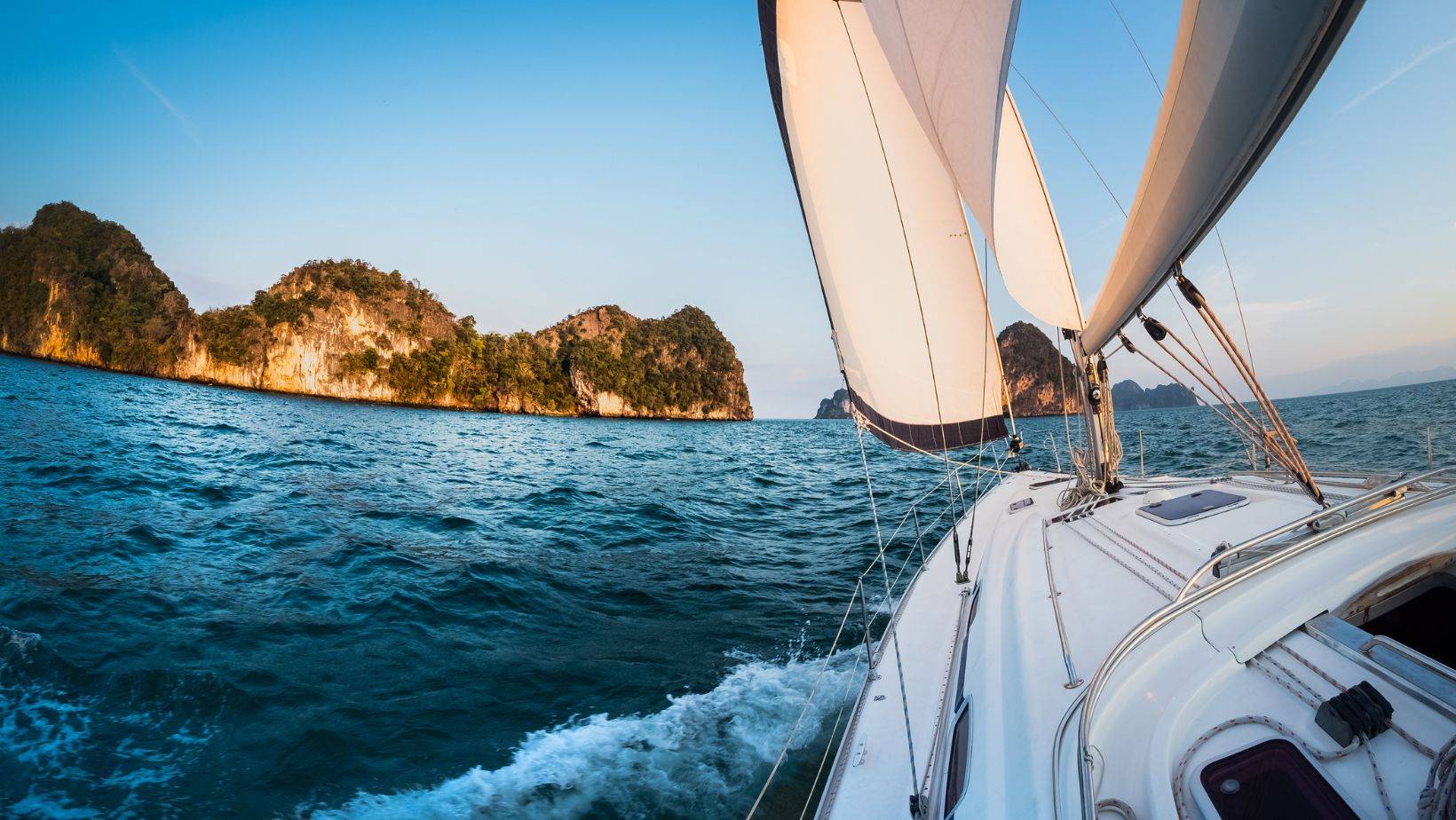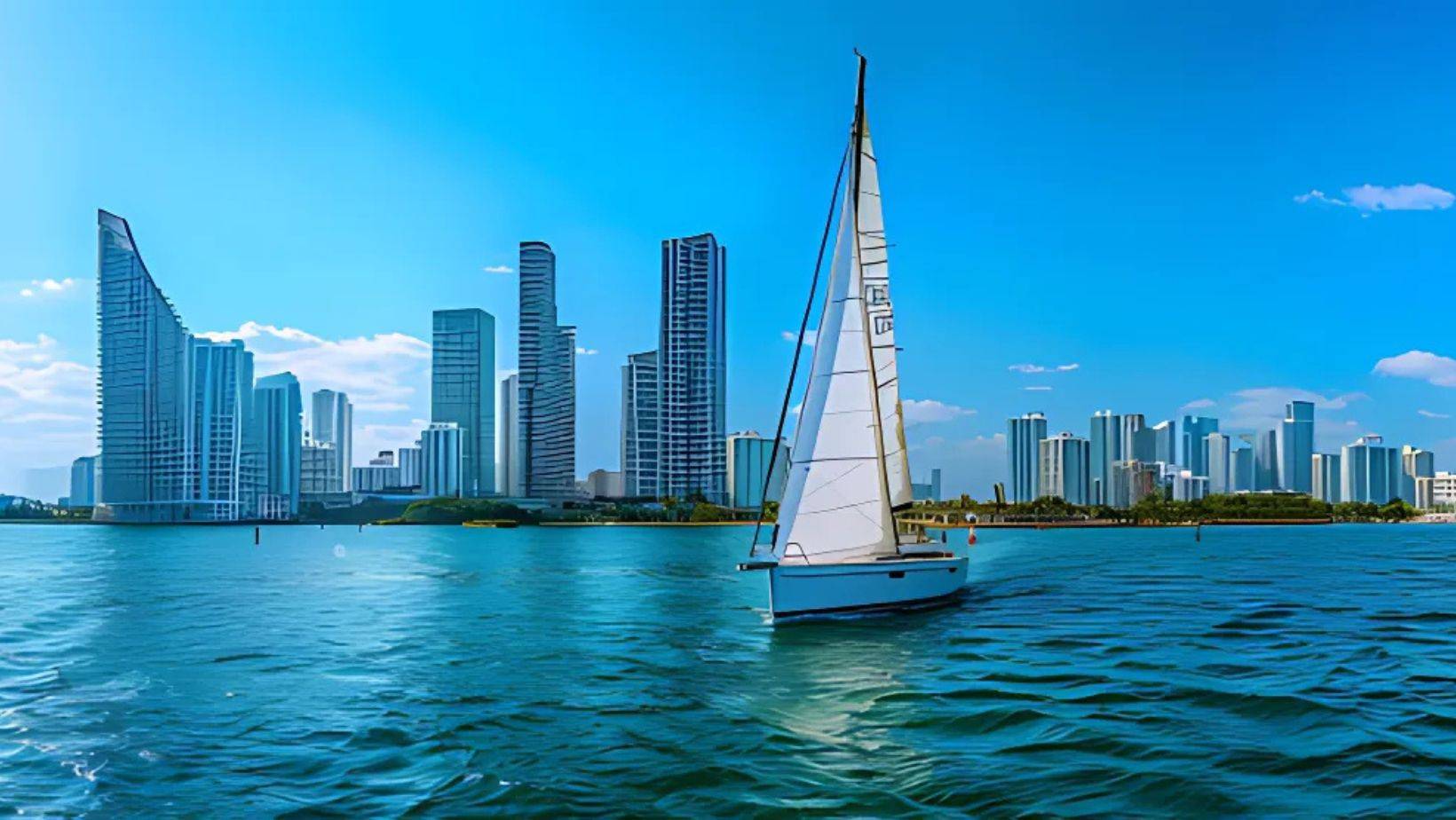Understanding the ASA 104 Bareboat Cruising Certification
The ASA 104 Bareboat Cruising Certification covers key seamanship skills for operating a yacht or catamaran. It details requirements for navigation, managing the bow and stove, and other essential knowledge areas. The certification process ensures that cruisers are prepared with the necessary expertise to handle independent voyages confidently.
Overview of ASA 104 Requirements
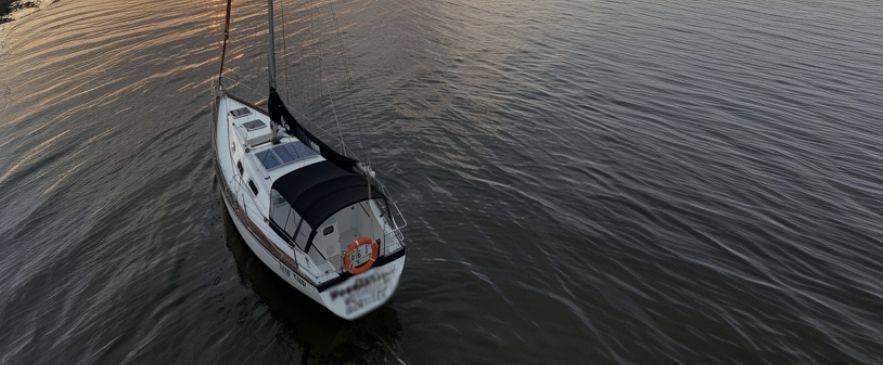
Importance of Bareboat Cruising Skills
Certification Process Explained
Essential Knowledge Areas
Preparing for Your ASA 104 Course
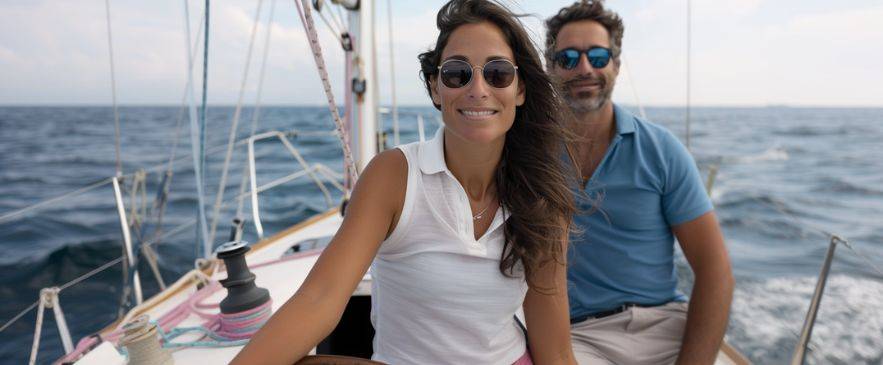
What to Expect in Training
Safety is paramount in ASA 103, where students learn about ASA recommended safety equipment. This includes proper usage of personal flotation devices, flares, and weather interpretation tools, which are crucial for coastal cruising.
In addition to equipping the sailing vessel with safety essentials, the course covers procedures for handling emergencies, enabling sailors to act responsibly under varying sea conditions.
Recommended Pre-Course Study Materials

Practicing Seamanship Skills
Familiarizing With Different Types of Vessels
Key Skills Developed in ASA 104
The ASA 104 curriculum equips sailors with critical skills such as mastering navigation techniques using a compass and radio operations. It emphasizes proficient use of marine instruments, understanding weather patterns, and effective communication on board. Practical elements include tying a clove hitch and handling a dinghy, ensuring readiness for all aspects of bareboat cruising.
Mastering Navigation Techniques
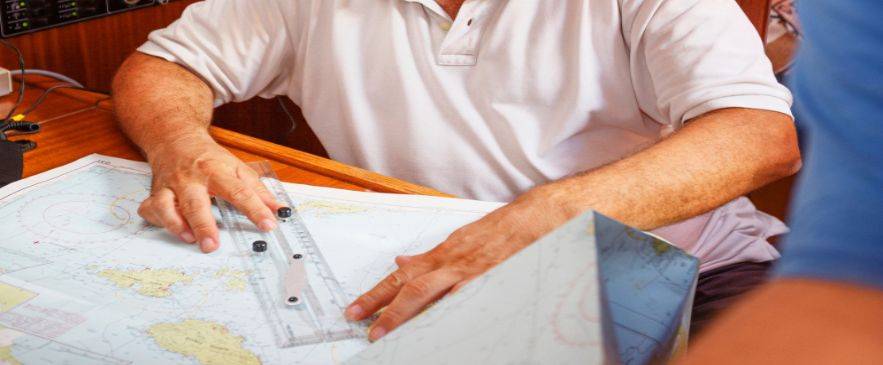
Proficient Use of Marine Instruments
Understanding Weather Patterns
Effective Communication on Board
Resources for Success in ASA 104
Official ASA Publications and Guides
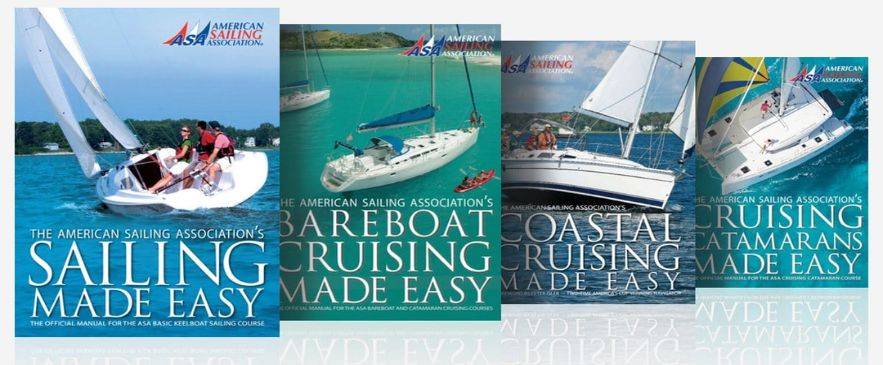
Online Course Resources
Instructional Videos and Tutorials
Community Forums and Support Groups
Real-World Applications of ASA 104 Knowledge
Chartering a Bareboat
Planning Your Own Sailing Adventures
Safety Protocols on the Water
Environmental Awareness and Responsibility
Continuing Your Sailing Education Beyond ASA 104
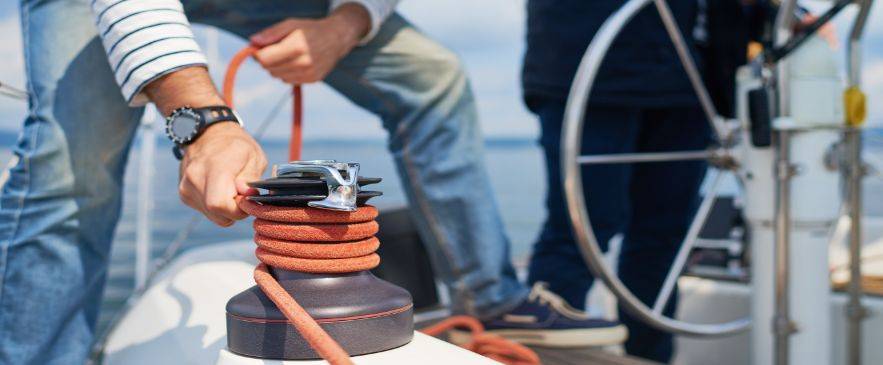
Advanced Courses to Consider
Joining Sailing Communities and Clubs
Participating in Regattas and Events
Keeping Skills Fresh Through Practice
Conclusion
Ready to Take the Helm?
Additional Resources
Understanding ASA Recommended Safety Equipment
Frequently Asked Questions (FAQs) about ASA 104 Bareboat Cruising at Miami Sailing School ™
The ASA 104 Bareboat Cruising Certification is a comprehensive course designed to teach sailors the skills needed to charter and operate a sailboat independently. It covers coastal navigation, sail handling, anchoring, emergency procedures, and advanced boat systems management to ensure safe and efficient voyages.
To enroll in ASA 104 Bareboat Cruising, students must have successfully completed ASA 101 Basic Keelboat Sailing and ASA 103 Basic Coastal Cruising. Prior experience handling a cruising sailboat and a solid understanding of sailing fundamentals are essential for success in this course.
The ASA 104 course focuses on essential bareboat chartering skills, including:
- Advanced navigation techniques and route planning
- Docking and anchoring procedures
- Sail trim adjustments for varying conditions
- Weather interpretation and passage planning
- Emergency preparedness and safety protocols
- Boat system operations, including auxiliary engine handling
Yes! The ASA 104 certification is recognized by charter companies worldwide as proof of competency for bareboat chartering. Successfully completing the course demonstrates that you have the skills and knowledge required to sail and manage a vessel safely on your own.
Absolutely! Miami Sailing School ™ emphasizes hands-on experience, ensuring that students practice real-world sailing scenarios. The course includes on-the-water instruction, where students refine their skills in navigation, docking, sail handling, and emergency response under the guidance of experienced instructors.
The ASA 104 Bareboat Cruising course at Miami Sailing School ™ typically takes three days to complete. This includes a combination of classroom instruction, navigation exercises, and extensive on-the-water training to ensure students are fully prepared for bareboat cruising.
